
The Emperor and Monsters (Emperor Sutoku)
Enthronement CeremonyThe Sokui-Rei-Seiden-no-gi ceremony was held on October 22, 2019. The Sokui-Rei-Seiden-no-gi ceremony is a ceremony in which the newly enthroned Emperor declares his accession to the throne to both inside and outside Japan, and was attended by many guests from overseas.
I also watched the live broadcast on NHK, and it was a magnificent ceremony worth seeing.
In the ceremony, of the three sacred treasures,Ame-no-Murakumo SwordandHassaku Qiong Magatama(The remaining sacred treasure, the Yatagarasu Mirror, cannot be moved from the Imperial Palace's Kashikodokoro.)
Since Ame-no-Murakumo-no-Tsurugi has a legend that is associated with rain and clouds, the fact that it had been raining since the morning of October 22nd became a hot topic.
Furthermore, the rain let up just before the Enthronement Ceremony began at 1 p.m., the sun came out, and a rainbow appeared over the Imperial Palace, which became a hot topic.
Some people think that the Emperor is a realWeathering With You" There were also comments such as:
Emperor Sutoku, who died an untimely death due to resentment
This was a happy event for the Imperial Family and Japanese history, but the history of the Imperial Family is also the history of political upheaval in Japan, so it does not necessarily have only good aspects but also dark history.
Among them, there is a person who was at the mercy of history, died with resentment towards the world, and whose soul is said to have become either a vengeful spirit or a monster.
The 75th Emperor, he was defeated by Emperor Goshirakawa in the Hogen Rebellion, an internal conflict among aristocrats, in 1156 (the first year of the Hogen era) at the end of the Heian period, and was exiled to Sanuki (Kagawa Prefecture) after which he was also known as Sanuki-in.Emperor Sutoku (Sutokuin)is.

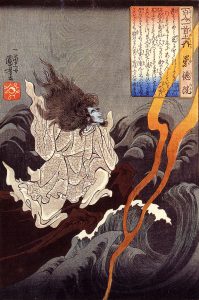
Emperor SutokuSugawara no Michizane,Taira MasakadoAlong with,Japan's Three Great Vengeful Spirits"It is also sometimes called "
After his defeat in the Hogen Rebellion, Emperor Sutoku was exiled to Sanuki, where he died. After his death, he transformed into a large golden kite,Leader of the TenguIt is said that this has become the case.
Monk Saigyowas both a monk and a poet, and there is an anecdote about him exchanging waka poetry with Emperor Sutoku while he was alive.
When Saigyo visited Shiramine in Sanuki and arrived at the tomb of Emperor Sutoku, a storm-like wind suddenly blew in the darkness, and Emperor Sutoku appeared like a will-o'-the-wisp.
When Saigyo said to Emperor Sutoku, "Emperor Sutoku, go straight to Buddhahood without wavering," Emperor Sutoku cried out angrily.
"Saigyo, I will make the Imperial Court and the people of this world realize the depths of my hatred. I have now become the Demon King of Mt. Shiramine, controlling the Tengu. I will soon bring great war to this world."
The turning pointGenpei WarThe Jisho-Juei War began shortly thereafter, in 1180. After that, Japan experienced periods of civil war, even though it was temporarily governed by the shogunate.
Memorial service at Shiramine Shrine
During the turbulent period of the late Edo period,Emperor KomeiIn order to console the spirit of Emperor Sutoku, who was enshrined in a foreign land, he ordered the shogunate to move the spirit to Kyoto, but he passed away shortly thereafter.
After the Meiji Restoration,Emperor MeijiFollowing the wishes of his father, Emperor Komei, he established theShiramine ShrineIt is said that they erected a shrine there, invited the spirit of Emperor Sutoku from Shiramine Imperial Mausoleum in Sanuki to Kyoto, and enshrined him as a god, thereby calming his spiritual power.

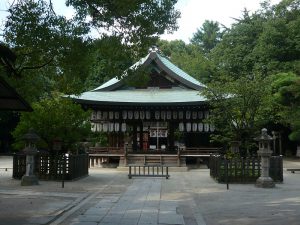
Emperor Sutoku is often spoken of as a vengeful spirit, but he is also often classified as a type of "monster."
It may be that Japan needs to continue to develop the profound genre of "yokai," which even involves the Emperor, the symbol of Japan, and this national culture of "yokai."
Photo: Utagawa Kuniyoshi's "Emperor Sutoku Exiled to Sanuki," Shiramine Shrine (Kyoto City)
Text by Keijiro Watanabe
References: "The Definitive Japanese Yokai Encyclopedia: Yokai, the Other World, and Gods" (Mizuki Shigeru, Kodansha Bunko), "Japanese Yokai Encyclopedia" (Mizuki Shigeru, Murakami Kenji, Kadokawa Bunko)
■ Keichan Watanabe
Born in Asahikawa, Hokkaido. Graduated from the School of Human Sciences at Waseda University. An independent researcher of monsters.
He currently splits his time between Sapporo, Hokkaido, and Tokyo, and works as a management and IT consultant, but he studied folklore and cultural anthropology at university, and continues to study yokai as his life's work.
I am currently writing articles about monsters associated with Hokkaido, where I currently live, as well as current news about business and economics.
Twitter:https://twitter.com/keishiro_w

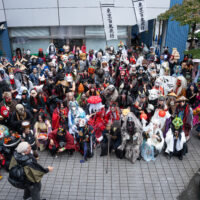
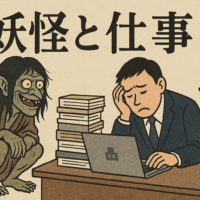
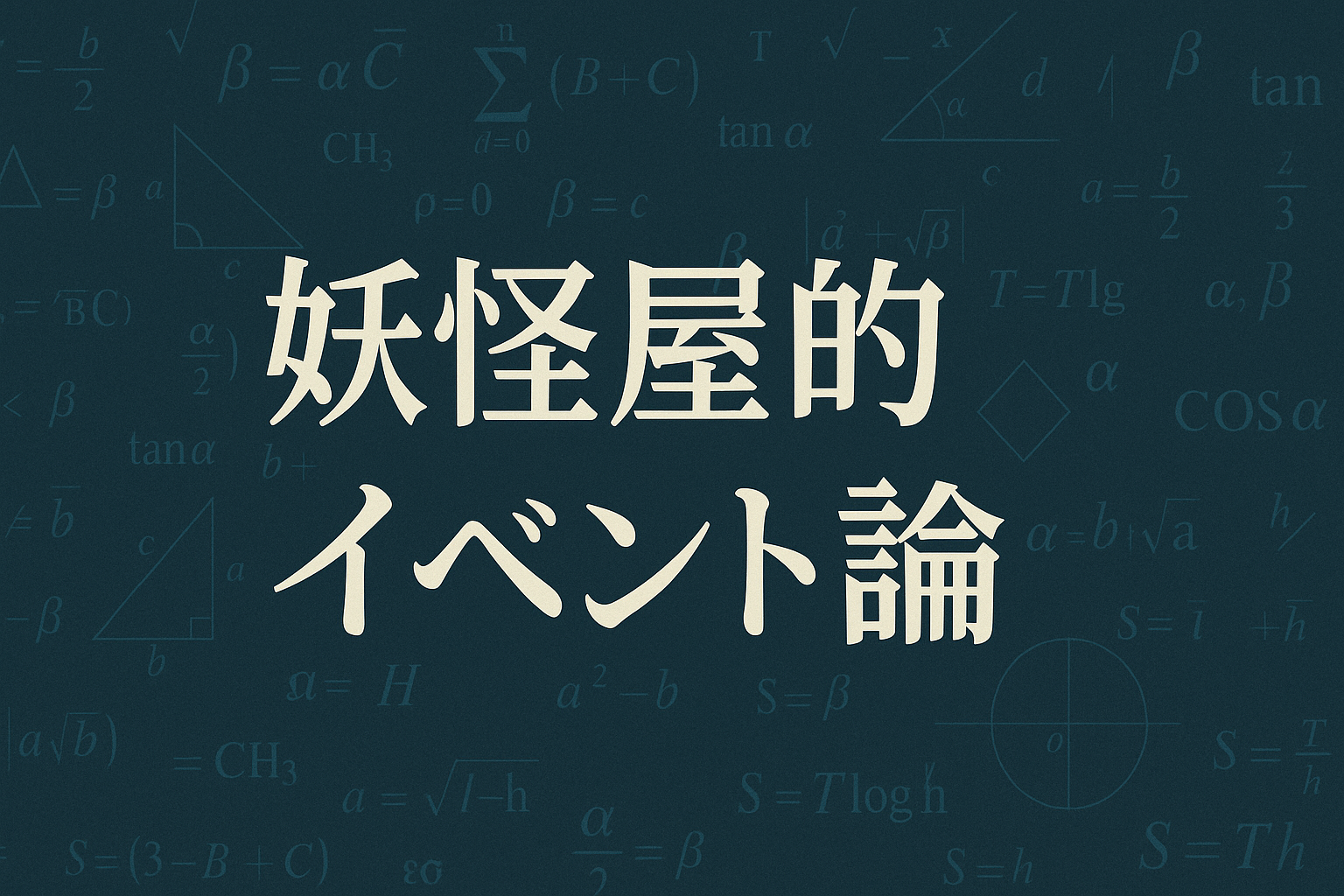



No comments yet.